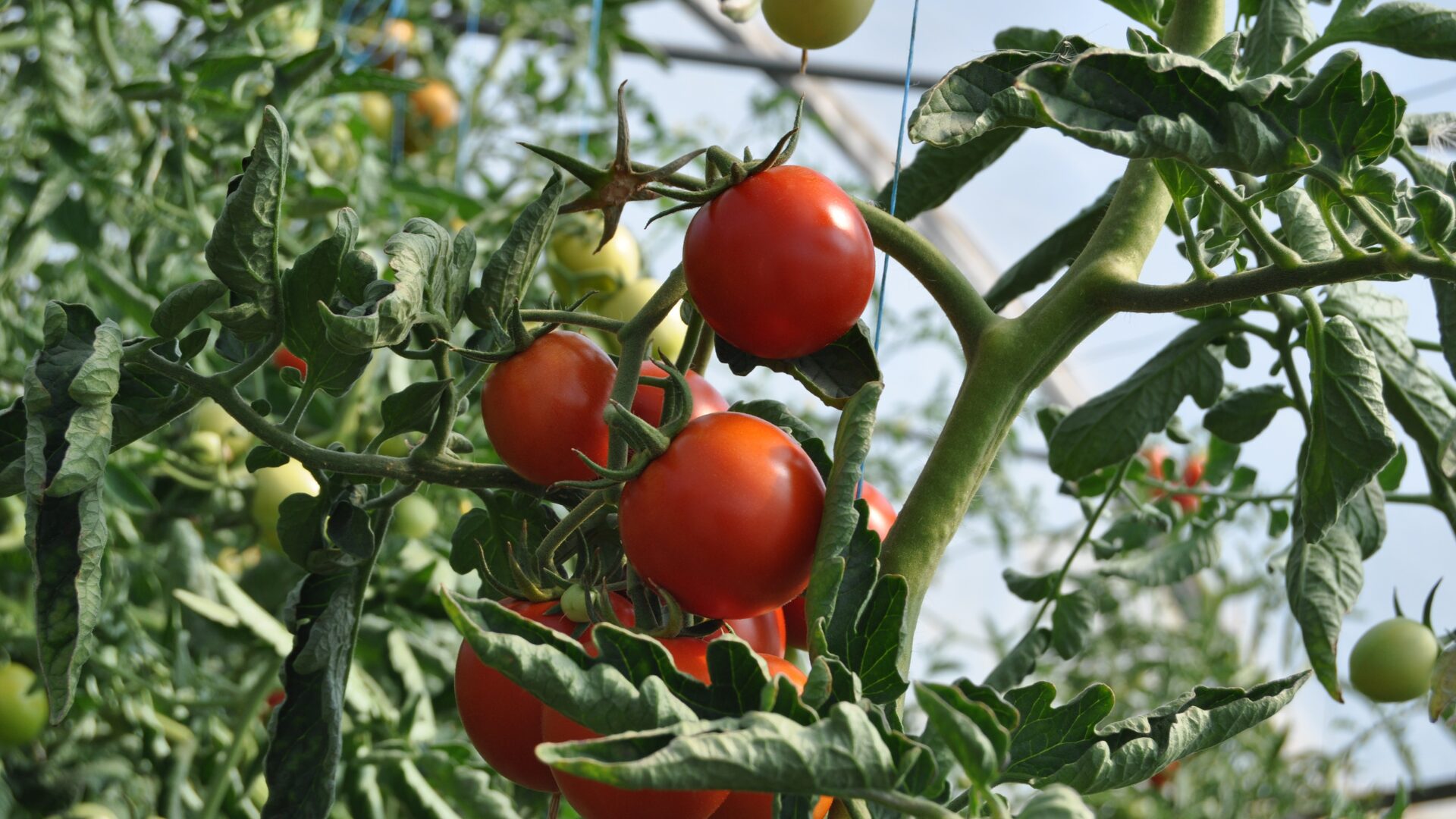The U.S., Brazil, and China form an interesting trade triangle when it comes to certain commodities, and the coronavirus pandemic has added new wrinkles into the balance.
China was the first country to experience the effects of the novel coronavirus pandemic, with the city of Wuhan locked down in late January and reopening in early April. By contrast, the U.S. entered the throes of the pandemic beginning in March, becoming the epicenter of the world.
However, some health experts believe the next outbreak epicenter could occur in Central and South America, further disturbing the trade balance between the three countries.
Disease Spreading in Brazilian Packing Houses
Brazil reported 555,383 cases of COVID-19 as of June 3, according to Johns Hopkins University & Medicine Coronavirus Resource Center. Additionally, it reported 31,199 deaths. The country first identified a case Feb. 26, with indications it had been spreading as early as January.
When the U.S. and most of Europe were flattening the curve, Latin American countries continued to see an increasing caseload of COVID-19 patients. The number of deaths in Brazil was doubling roughly every two to three weeks at the end of May, reported BBC (May 28).
Similar to the dynamic the U.S. had to face in March and April, Brazil’s meatpacking facilities were recently suffering as the coronavirus spread through the local workforce. More than 25% of the confirmed coronavirus cases in Rithe state of Rio Grande do Sul were among meat plant workers, reported U.S. News & World Report (June 1).
About 50,000 people in the state were employed by the meat packing industry, with about 2,000 workers stationed in each facility. The state reported 2,399 employees from 24 slaughterhouses in the state’s 18 municipalities were infected. Overall, Rio Grande do Sul reported 9,332 confirmed cases as of May 31.
BRF SA said the potential closure of slaughterhouses would make it impossible to keep output at current levels. BRF planned to hire 5,000 new workers, up from 2,000 announced in April, to offset absentee employees and compensate for those unable to work. It had not reported any plant closures at the end of May, reported Reuters (May 27).
Trade War, Pandemic Complicates U.S.-China Relationship
While U.S. agricultural producers expected a strong trade relationship with China at the dawn of the new decade with the help of Phase 1 of a trade deal signed between the countries, the pandemic quickly threw cold water on those prospects as China locked down Wuhan and much of the rest of the country to contend with the public health crisis.
By May 21, USDA touted numerous improvements for the trade situation, including the fact China updated its lists of U.S. facilities eligible to export beef, pork, poultry, seafood, dairy, and infant formula products to China. China’s lists were expanded to include 499 beef, 457 pork, 470 poultry, 397 seafood, and 253 dairy and nine infant formula facilities. Fresh blueberries and California Hass avocados were also permitted for export to the country.
“China has worked with the United States to implement measures that will provide greater access for U.S. producers and exporters to China’s growing food and agricultural markets,” said U.S. Trade Representative Robert Lighthizer.
However, Chinese government officials recently told major state-run agricultural companies to pause purchases of some American farm goods as Beijing evaluated the ongoing escalation of tensions with the U.S. over Hong Kong, according to people familiar with the matter. Cofco and Sinograin were ordered to suspend purchases at the start of June, and Chinese buyers also canceled an unspecified number of U.S. pork orders, reported Bloomberg (June 1).
Even amid the order to halt purchases from the U.S., at least three large cargoes of American soybeans were acquired by Chinese firms June 1, according to sources familiar with the matter. The purchases totaled at least 180,000 metric tons, with delivery expected in October and November, reported Reuters (June 1).
Brazil’s Increased Shipments to China
In May, Brazil boosted exports of soybeans overall by 45%, reaching about 34.2 billion-lbs. worth of the product and representing its second-highest monthly soy shipment ever, according to the country’s foreign trade department. Seventy-four percent of this volume was bound for China, according to S&P Global Platts.
Why were Chinese crushers choosing Brazilian beans over U.S. stocks despite the U.S.-China Phase 1 trade deal? The answer may hinge on the diminishing power of Brazil’s currency. The Brazilian real lost more than 40% of its value since January, and Brazilian product was selling for 10 cents less per bushel compared to U.S. beans.
Additionally, it is expected Brazilian exports of pork will fall between 900,000 and 1 million metric tons in 2020, up 33% when compared to 2019, according to pork and poultry processor group ABPA. ABPA initially predicted a hike of 15%, with much of the increase attributed to larger shipments to China. Poultry exports were expected to remain strong, as well, reported Reuters (May 15).
Opportunity, Challenges for U.S. Producers
With so much turbulence in global markets due to lockdown orders, U.S. producers may be able to increase their shipments of soybeans, pork, and other commodities to China if Brazil encounters similar production shutdowns like U.S. firms contended with.
That said, a number of challenges still exists. China already cut back on agricultural purchases due to U.S. criticism of China’s handling of Hong Kong; the situation is likely to become more confrontational as the U.S. contends with civil unrest of its own.
U.S. producers will also need to balance ensuring domestic supply with exporting food to the rest of the world. U.S. meat processing plants were already increasing their exports to China in May at a time when CoBank lead economist Will Sawyer noted 30% less meat was expected to reach American supermarkets. Balancing the perception that meat was being shipped out of the country while American consumers dealt with higher prices and declining supply would be integral to capitalizing on increased shipments to China.
Regarding soybeans, as of May 31, the U.S. crop was ahead of the five-year average and significantly ahead of the 2019 crop that was affected, like most other major grains, by storms across the country. Soybeans both planted and emerged were seven percentage points ahead of the five-year average. For more information on markets, go to https://foodinstitute.com/market-info-center.









